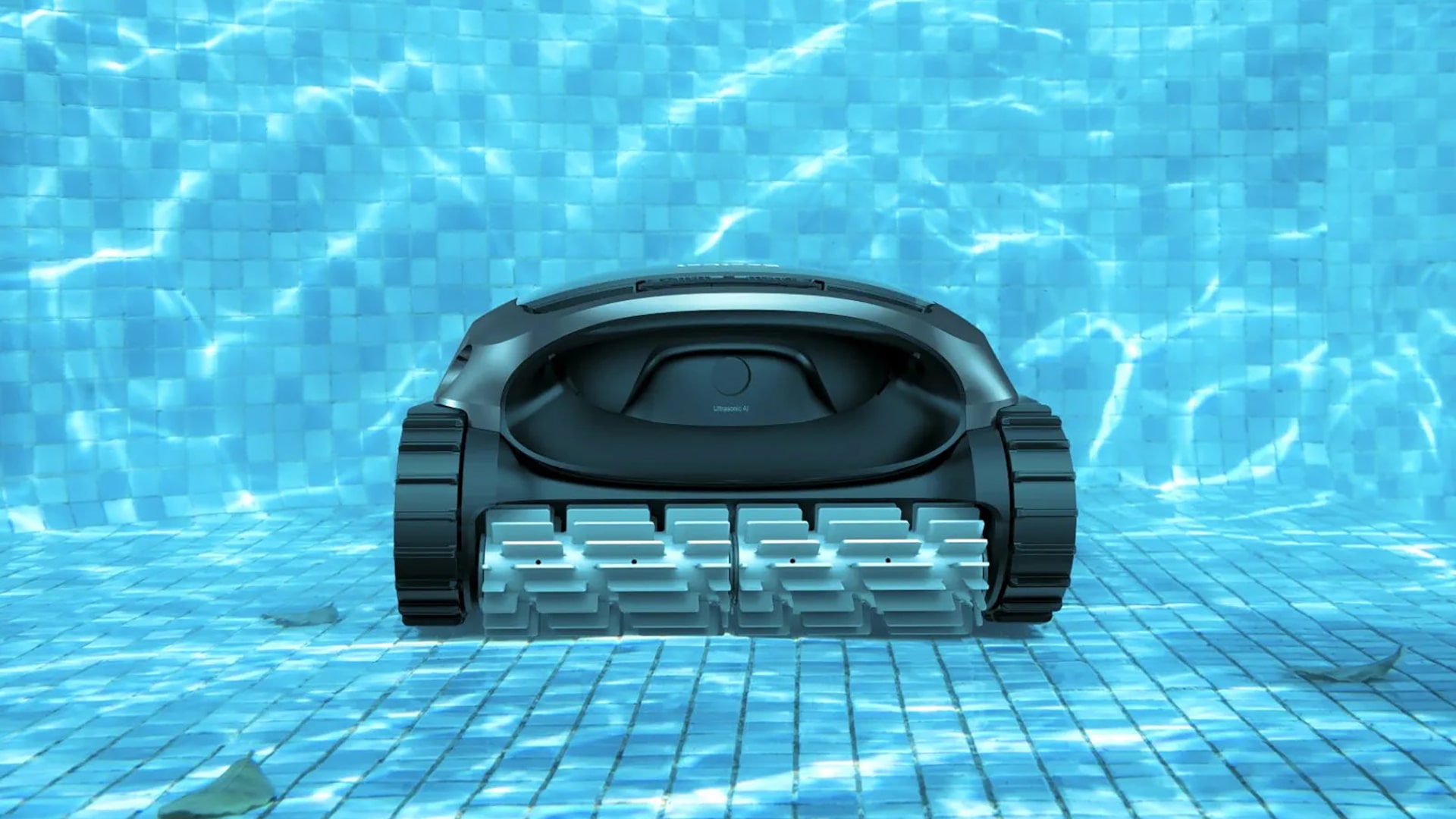The Roomba reigned as a pioneer in robot vacuums, but the US leader in the sector is facing a major challenge from Chinese rivals with advanced features.
Beijing-based manufacturer Roborock has developed a vacuum that comes equipped with an arm that can pick up objects that weigh up to 300 grams.
The robot, unveiled in January at the CES electronics trade show in Las Vegas, uses artificial intelligence to detect fallen objects, such toys or loose socks, then uses the arm to place the article in the appropriate receptacle.
The Roborock machine is programmed to recognize 108 types of objects while users can add up to 50 more customizable objects with an app. The product is set for worldwide release this year.
Such innovations have taken a toll on the Roomba. Global market share for the brand fell to 22% last year from 35% in 2015, according to Euromonitor.
In a quarterly report released on March 12, Roomba maker iRobot warned of “substantial doubt” about the company’s ability to survive for the next 12 months.
Chinese players are also on the offensive in Japan, where Roomba has a 70% market share. Ecovacs Robotics is selling a product equipped with a mopping function and automatic dust collector for JPY 43,780 (USD 295).
A Roomba with similar functions sells for JPY 59,200 (USD 398.9). Pressured by the price competition, iRobot’s sales in Japan fell 34% in the fourth quarter in 2024 compared with a year earlier.
iRobot sells the Roomba in Japan under a “designated price system” that does not allow retailers to offer discounts. The idea was to maintain brand value and secure profit, but the strategy has backfired.
“If there are no differences in capabilities, then it’s difficult to display products at a designated price,” said an employee at a home electronics retailer.
There have been moves to replace Roombas with Chinese-made alternatives on store shelves. Chinese manufacturers in turn are launching new products in Japan, seizing an opportunity to capture market share.
Xiaomi, the smartphone maker, will sell robot vacuums at Xiaomi stores opening in Japan this year.
China’s Dreame Technology released a product equipped with foldable legs in the Japanese market in March. When the robot approaches an obstacle, it can extend its legs up to six centimeters to bypass the object.
This enables Dreame’s robots to clean multiple rooms in one round. The company plans to tap demand among smaller homes.
Dreame’s model sells for JPY 229,800 (USD 1,548.4), which is more expensive than a top-of-the-line Roomba at JPY 197,800 (USD 1,332.8), but “we’ll spread the evolution of robot vacuum cleaners among Japanese consumers,” said Akiyoshi Hamada, sales director at Dreame’s Japanese subsidiary.
iRobot, which was founded by three members of the Massachusetts Institute of Technology’s Artificial Intelligence Laboratory, developed the Roomba using tech inspired by mine-clearing robots.
The devices added features, such as a wet-wipe function and the ability to map out the layout of a room. But iRobot has fallen behind Chinese competitors when it comes to new innovation.
This article first appeared on Nikkei Asia. It has been republished here as part of 36Kr’s ongoing partnership with Nikkei.

